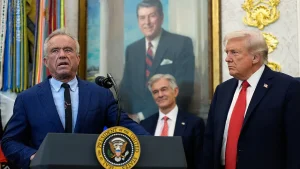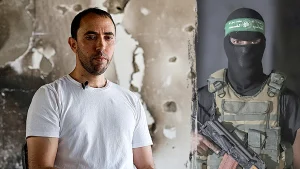Zohran Mamdani Takes Early Financial Lead in NYC Mayoral Race
In a surprising development in New York City’s mayoral race, Democratic candidate Zohran Mamdani has established a significant financial advantage over his competitors, including former Governor Andrew M. Cuomo, who many political observers had considered the frontrunner. According to recent campaign finance disclosures, Mamdani has amassed nearly four times the campaign funds of Cuomo, giving him substantial resources to build name recognition and share his vision with voters across the five boroughs.
This financial advantage represents an unexpected shift in the dynamics of the race, particularly given Cuomo’s established political network and name recognition throughout New York. Mamdani, who currently serves in the New York State Assembly representing parts of Queens, has apparently succeeded in building a grassroots fundraising operation that has outpaced the former governor’s efforts. Political analysts suggest this funding disparity could significantly impact the race’s trajectory, allowing Mamdani to invest in campaign infrastructure and advertising while his opponents scramble to catch up.
While campaign funds alone don’t determine electoral outcomes, they provide crucial resources for candidates to communicate their messages and build campaign organizations capable of mobilizing voters. Mamdani’s financial edge gives him the opportunity to introduce himself to New Yorkers who may be unfamiliar with his legislative work and policy positions, potentially reshaping perceptions about who the true frontrunner might be. The development has already prompted speculation about whether Cuomo’s campaign is struggling to overcome the controversies that led to his resignation as governor, or if Mamdani has simply tapped into a powerful reservoir of support among progressive donors and activists.
Both candidates will need to navigate New York City’s unique political landscape, addressing issues ranging from affordable housing and public safety to education and transit infrastructure. In this context, Mamdani’s financial advantage may prove particularly valuable in allowing him to craft tailored messages for different neighborhoods and constituencies across the diverse city. Meanwhile, Cuomo will likely rely on his experience and existing relationships with key stakeholders in city government and business communities to make his case to voters.
The coming months will reveal whether Mamdani can translate his financial advantage into sustained polling strength and electoral support. For his part, Cuomo faces the challenge of rebuilding his political operation while potentially operating with more limited resources than anticipated. Other candidates in the race will also need to find ways to break through in a contest that appears increasingly defined by the contrast between these two Democrats with very different profiles and bases of support.
As the campaign progresses toward primary day, New Yorkers will have the opportunity to evaluate the candidates based not just on their financial resources, but on their visions for addressing the city’s most pressing challenges. The financial disparity between Mamdani and Cuomo represents just one early chapter in what promises to be a dynamic and consequential mayoral race that will ultimately determine who leads America’s largest city through its post-pandemic recovery and beyond.










